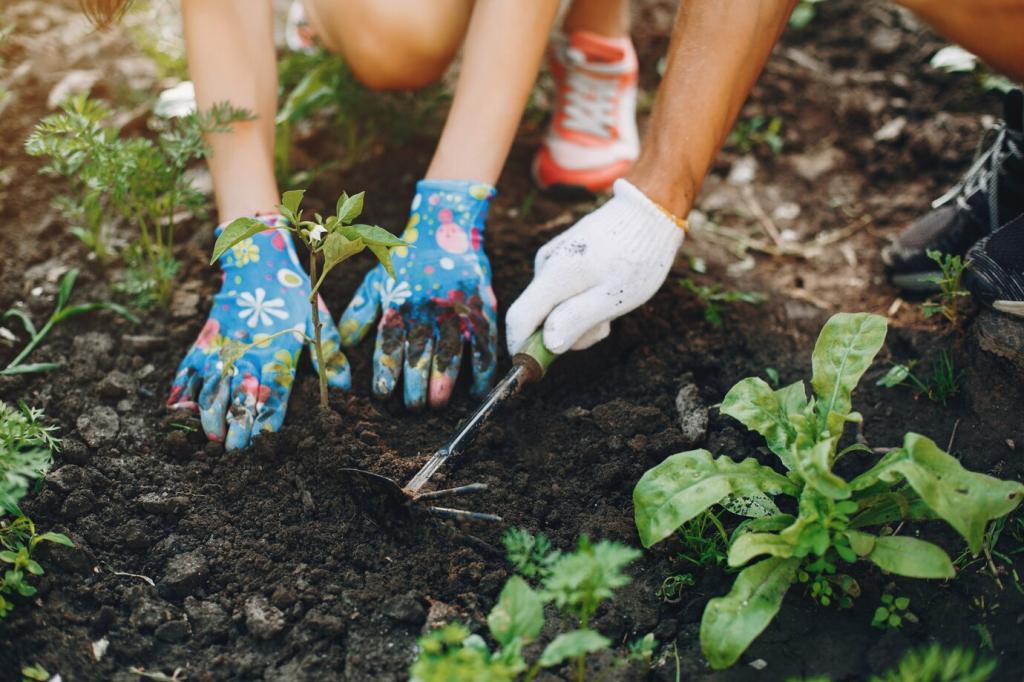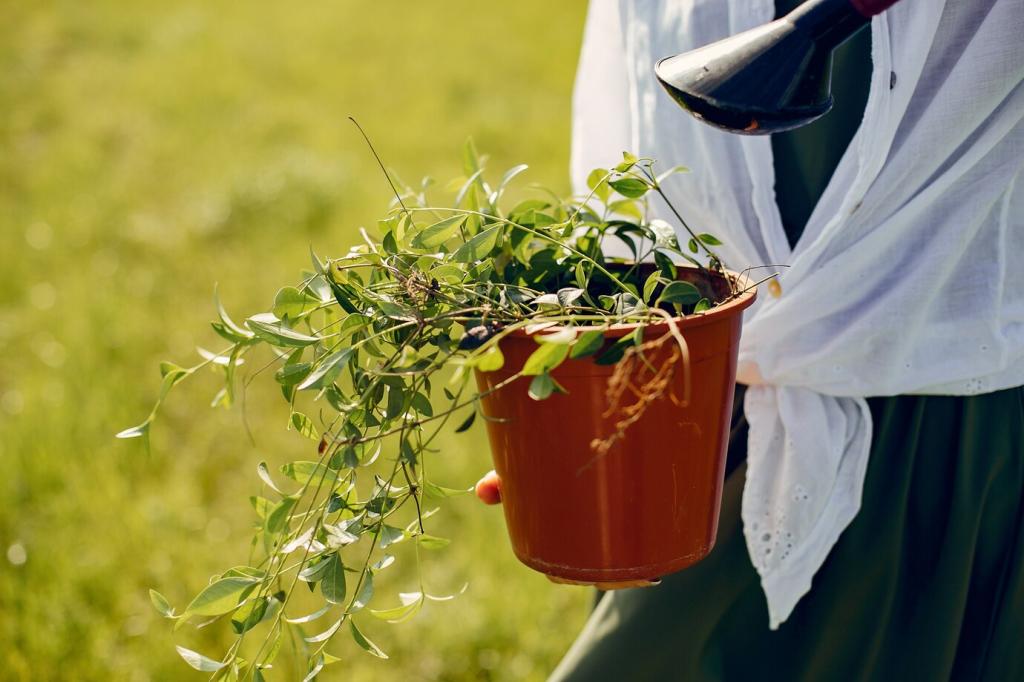
Wildlife-Friendly Landscape Practices: A Home That Welcomes Nature
Chosen theme: Wildlife-Friendly Landscape Practices. Turn your yard, balcony, or shared courtyard into a living refuge where birds, pollinators, and small mammals thrive alongside people. Explore practical steps, inspiring stories, and community ideas, and subscribe for seasonal checklists tailored to wildlife-friendly choices.
Foundations of Wildlife-Friendly Landscape Practices
Habitat layers that shelter and feed
Think vertical: canopy trees, understory trees, shrubs, perennials, groundcovers, and leaf litter form a layered habitat. Each layer offers food, cover, and nesting sites for different species. Even in small spaces, two or three layers dramatically increase safety and foraging opportunities.
Native plants as the backbone
Native plants coevolved with local wildlife, providing nectar timed to migrations, foliage for caterpillars, and seeds for winter birds. Oaks alone can support hundreds of insect species. Begin with regionally native keystone plants, then add seasonal color that still supports your local food web.
Microhabitats: logs, leaf litter, and edges
A fallen branch becomes a beetle nursery and salamander shelter. Leaf litter protects overwintering butterflies and enriches soil. Gentle edges—where lawn meets meadowy beds—invite safe movement. One reader kept a small log pile and soon observed toads, ground beetles, and a wren nesting nearby.
Early spring flowers fuel waking pollinators, summer blooms sustain busy broods, autumn berries feed migrants, and winter seedheads help resident birds. Keep a simple calendar to stagger color and nutrition. When gaps appear, add a native species that bridges the lean weeks gracefully.
Designing for Year-Round Diversity
Soil, Mulch, and Gentle Maintenance
Compost, leaf mold, and undisturbed roots cultivate fungi and microbes that support robust plant communities. Avoid frequent tilling, which breaks fungal networks. Instead, top-dress with organic matter and let earthworms do the mixing, improving infiltration, nutrient exchange, and long-term habitat stability.


Bird baths and small ponds
Offer shallow basins with gentle slopes for bees and butterflies to sip safely. Refresh every two to three days, scrubbing lightly to curb pathogens. A bubbler or dripper adds sound that attracts birds while keeping water moving and less hospitable to mosquitoes.

Rain gardens and swales
Capture roof and driveway runoff in planted depressions that infiltrate water, reduce erosion, and nourish deep-rooted natives. A reader’s new rain garden filled with sedges soon hosted chorus frogs after spring storms, proving that thoughtful hydrology can invite delicate, beneficial wildlife quickly.

Mosquito management without collateral damage
Eliminate standing water in saucers and gutters, and use Bacillus thuringiensis israelensis dunks in ponds when necessary. Bats, dragonflies, and swallows help naturally. Avoid broad insecticides that harm pollinators; precise, biological controls keep the balance while preserving the food web you are cultivating.

Humane deterrents for hungry visitors
Protect young trees with breathable trunk guards and seasonal fencing. Use netting with wildlife-safe mesh over berries and rotate scented deterrents. Plant extra or choose deer-resistant natives at the perimeter, guiding browsing away from tender crops without trapping or harming curious foragers.

Keeping pets and wildlife safe
Cats indoors save countless songbirds and small mammals; outdoor time in a catio satisfies curiosity. Walk dogs on leashes near nesting areas. Secure compost, feed pets indoors, and store seed carefully so raccoons and skunks are not tempted into risky encounters near your home.

Windows and structures that prevent harm
Apply visible markers in a two-by-two inch pattern to reduce bird strikes, or install screens and external shades. Cap chimneys, cover vents with wildlife-safe mesh, and modify fences with escape gaps for turtles. Small retrofits prevent tragedies and keep your welcoming habitat genuinely safe.
Community, Monitoring, and Joy
Keep a simple logbook of first blooms, nesting activity, and migrating species. Upload photos to iNaturalist or eBird to inform conservation. Patterns emerge over seasons, revealing which plantings help most. Your notes become a guidebook for smarter, more effective habitat decisions each year.

